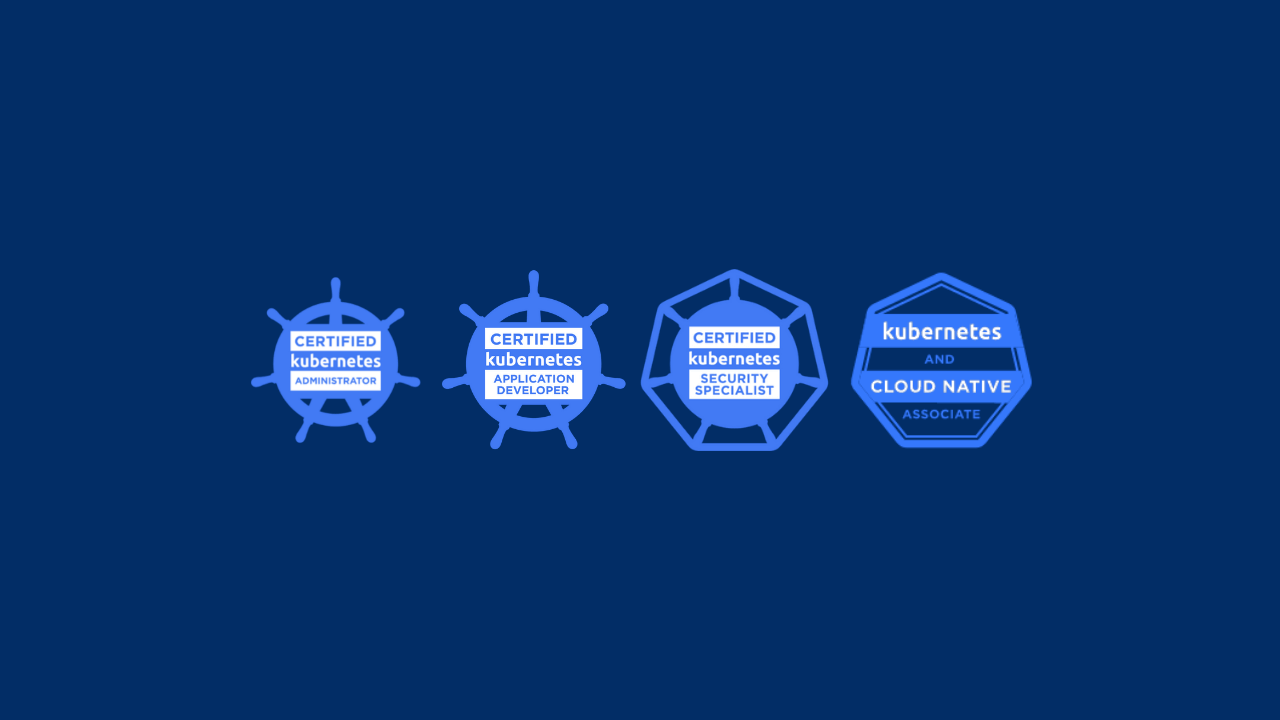Agile Analytics Implementation: The Need For Speed With Testing

According to a report, agile methodology in business ensures a 64% success rate as compared to its counterpart (i.e., waterfall). This explains why a majority of businesses in the present times, including Apple, Procter & Gamble, and other big names, have adopted Agile.
In this post, we’ll explore the concept of agile analytics and discuss everything from the basics to efficient implementation. Let’s get started!
Understanding Agile Analytics
Agile analytics is an approach to data analysis that emphasizes collaboration, flexibility, and iterative development. This methodology emphasizes rapid prototyping, frequent feedback, and the ability to adapt to changing requirements. So in other words, agile analytics is a way to approach data analysis with the same flexibility and adaptability that agile methodologies bring to software development.
Let’s understand this better with an example of agile analytics in action. Say a marketing team notices that their website’s page load times are slow, which is negatively impacting the user experience and leading to lost conversions. They may suspect that certain tags on the website are responsible for the slow load times and want to optimize them.
Using agile analytics, the team can break down the problem into smaller, more manageable pieces and start experimenting. They may begin by conducting a tag audit , prioritizing the tags they suspect are causing the slow load times and then testing different versions of those tags to see which ones perform the best.
For instance, they may test different versions of a Facebook pixel or a Google Analytics tracking code to see which one has the least impact on page load times. They could then use the results of those tests to further optimize the tags, such as by removing unnecessary scripts or consolidating similar tags into a single script.
In this way, the team can iterate quickly and make informed decisions based on the results of each test. They can also collaborate with other involved parties, such as developers and IT teams, to address other issues that might be causing slow load times and continuously improve the website’s performance .
Benefits Of Agile Analytics
If you choose to incorporate agile analytics in your business, you’ll not only need a tool to continuously monitor website tags and ensure your analytics data is accurate, but you’ll also have to commit to lots of meetings and revisions. This means you’re going to need more time and effort as compared to the waterfall methodology.
But is it really worth it?
Let’s check out the benefits of agile analytics to answer that:
-
It breaks down large analytical projects into smaller, manageable tasks. In this way, it shortens timeframes and enables organizations to acquire insights much more quickly.
-
Since agile analytics demands input from all involved parties, it fosters a culture of collaboration and encourages communication between team members.
-
It ensures that the ongoing work aligns with set business goals as there is constant revision.
-
It enables teams to continuously test and refine their analytical models and methodologies, leading to higher-quality insights and more accurate predictions.
-
It reduces the risk of investing time and resources into projects that may not ultimately deliver the desired results.
Comparing these benefits with the cons, which only include the increased time and effort that’s going to be required, it’s clear that agile analytics is beneficial for a business both in the short and long term.
How To Implement Agile Analytics?
Unlike traditional analytics, agile analytics are difficult to implement. This is particularly true because there’s no one-size-fits-all solution. Instead, you would have to think about the best possible route each time to revise your strategies according to the new stats.
With that said, here are some best practices regarding how to implement agile analytics for your organization:
-
Start with a clear vision: Before implementation, determine what you want to achieve. Define your goals and objectives, and identify the key stakeholders who will get involved in the process.
-
Build a cross-functional team: Ensure that your team has a mix of skills and perspectives, including data scientists, project managers, business analysts, and subject matter experts.
-
Use an iterative approach: Define your minimum viable product, break down tasks into manageable chunks, prioritize tasks based on business value, and conduct regular reviews and retrospectives. Embrace continuous improvement and use the acquired data to make informed decisions.
-
Foster a culture of collaboration: Encourage open and transparent communication between team members, stakeholders, and customers. You can do so by creating opportunities for feedback and discussion.
-
Emphasize flexibility and adaptability: Since agile analytics requires a willingness to adapt to changing priorities, be prepared to pivot and adjust your approach as needed. Be open to feedback and new ideas.
-
Use the right tools and technology: To support agile analytics, you’ll need the right tools and technology to facilitate collaboration and communication, as well as data visualization and analysis.
Note
Disclaimer: The views expressed and the content shared in all published articles on this website are solely those of the respective authors, and they do not necessarily reflect the views of the author’s employer or the techbeatly platform. We strive to ensure the accuracy and validity of the content published on our website. However, we cannot guarantee the absolute correctness or completeness of the information provided. It is the responsibility of the readers and users of this website to verify the accuracy and appropriateness of any information or opinions expressed within the articles. If you come across any content that you believe to be incorrect or invalid, please contact us immediately so that we can address the issue promptly.


